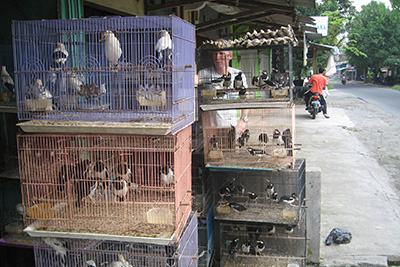Support projects so far
Support Project 2023
Small Scale Grants(First-time applicants+For NGOs in Least Developed Countries)
India
1. Mitigating the Impacts of Land-use Changes on Downstream Corals through Spatial Management and Capacity-building in the Andaman Islands, India
This project aims to protect the coral ecosystems and livelihoods of local people in the Andaman Islands by identifying spatial and temporal patterns of development activities, identifying hotspots of sediment influx, and collaborating with local government agencies to make decisions that will help ensure the sustainable use of natural resources.
Dakshin Foundation/ India
Indonesia
2. Integration of the bird conservation, habitat management and economic development in Purwosari Village as way to achieve harmony living among the community, wildlife, and nature at Menoreh Landscape.
The project aims to develop outdoor activities that enhance endangered bird conservation and create economic value for local landowners to participate in bird habitat conservation.
Yayasan Kanopi Indonesia/ Indonesia
3. Community-based recovery of the Critically-Endangered Maleo (Macrocephalon maleo) in Tompotika, Sulawesi
The Macrocephalon maleo is listed as an IUCN Near Threatened Species (birds) and is protected by Indonesian law. The number of the Macrocephalon’s nutcracker has successfully increased seven-fold in the nesting areas. In the future, we will work to bring the species from the brink of extinction to recovery in this area and provide technology to other areas to help avoid extinction.
Alliance for Tompotika Conservation / Aliansi Konservasi Tompotika/ Indonesia
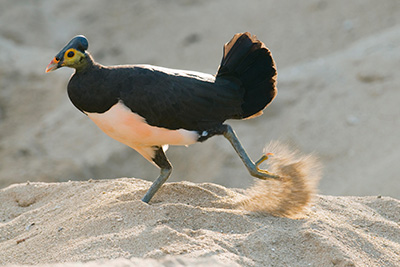
Nepal
4. Patterns of livestock depredation by snow leopards in Dhorpatan Hunting Reserve, Nepal
Snow leopard research has been neglected in the Dorpatan Hunting Reserve, a suitable but economically fragile area for snow leopards and studies on snow leopard and related topics (e.g., livestock predation, abundance, and distribution) have not been conducted. Resolving the research gap is of utmost importance Furthermore because predation of livestock by snow leopards causes significant economic losses like other other areas.
Center for Ecological Studies/ Nepal

5. Sustainable community development through the restoration of forests that nurture diverse organisms
In Nepal, where people have been moving away from agriculture, the livelihoods of village dwellers are threatened by the decline of forests abandoned after cultivation, as well as by river floods and soil runoff caused by localized heavy rains. This project aims to restore biodiverse forests and create sustainable communities through human resource development and the promotion of agroforestry.
AMDA Multisectoral and Integrated Development Services /Japan
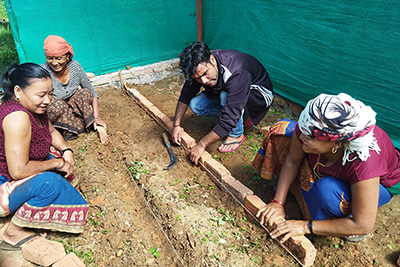
6. Detecting and protecting otters in Pokhara Valley, Nepal, using eDNA(LDC:Least Developed Country)
Eurasian otter(Lutra lutra)is a near-threatened species globally. Conservation of otters is extremely difficult in Nepal and no environmental DNA survey has not yet conducted by the otter action plan for Nepal to date. We propose Nepal’s first environmental DNA survey to help protect the otter at a site where local people have sighted it.
Wildlife Education and Research Network (WREN)/Nepal
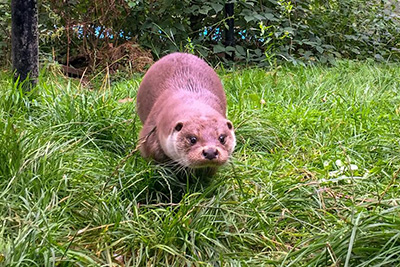
Pakistan
7. Conserve the mountain ecosystem and associated biodiversity of Terich-Torkhow Conservancy in the Hindu Kush Landscape of Pakistan
The Telich-Torkhow Protected Area has some settlements that are extremely depopulated and aging. Therefore, the fragile ecosystem is deteriorating due to increased dependence on nature-derived goods and biodiversity. The government has designated the area as a protected area in 2022. The objective of this project is to improve the management of the protected area by developing a management plan and raising the awareness of the local population to resolve the ecological degradation issues.
Snow Leopard Foundation/ Pakistan
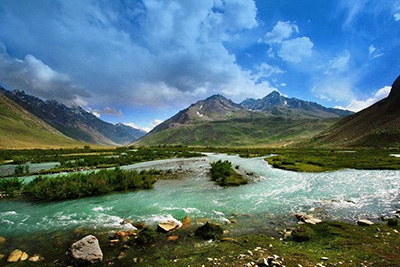
8. Application of innovative technologies to help restore the degraded forest lands, for sustainable livelihoods, in Gurez valley of AJK- Pakistan.
Forests in the project area are an essential resource as a source of livelihood, especially for mountain communities. Land degradation has a significant impact on the primary productivity of forest and rangeland ecosystems, which in turn affects livestock production, health, and food insecurity. The objective of this project is to apply innovative technologies to support the restoration of degraded forests.
Sukhi Development Foundation/ Pakistan
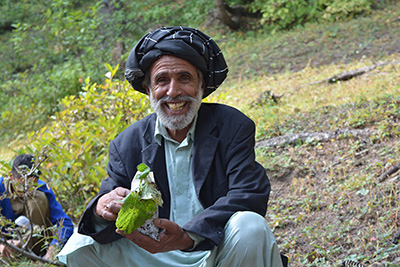
Japan
9. Preservation of terraced rice paddies rich in biodiversity, nature experiences, and environmental education activities
Ricceterraced LOVERs, as an urgent measures for the spread of abandoned rice fields, issued a revised 10-year strategy for and for 2020. In this project, terraced rice field management without the use of pesticides and chemical fertilizers (Target 7) will be implemented. In addition, with the cooperation of experts and local residents, the project will conduct environmental education mainly for children and young people, including observation of living creatures, as well as for local residents and adults (Target 20).
Riceterrace LOVERs / Japan
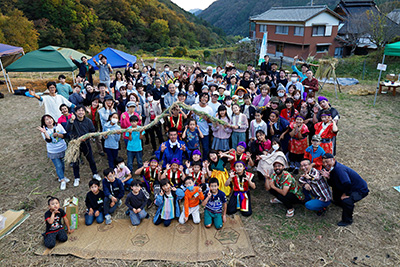
10. Restoration of Lake Sanaru as a healthy brackish water area
From the period of high economic growth in the Showa era (1926-1989) to the present day (2022), Lake Sanaru has been overflowing and polluted by the garbage of daily life. Lake Sanaru has been stigmatized as “the worst polluted lake in Japan,” and a slogan, “merkmal for restoring unhealthy brackish waters is from the successional breeding of Corbicula japonicus”, has fallen on deaf ears for the past decade. We are working to revive Lake Sanaru as one of the best oases in Japan.
Uguisu no Sato Sanaruko Souseikai /Japan
Standard Grant
India
11. Community-led Biodiversity Conservation through Environmental Education in 4 new Ramsar Sites of Odisha, India.
It is urgently necessary for four newly designated Ramsar sites in Odisha to intervene for the purpose of sustainable management, which will promote nature-based solutions. Plastic-free zones and afforestation will support good practices in symbiosis with nature and adaptation to climate change. The project will be developed according to the 2030 GBF guidelines.
PALLISHREE/India
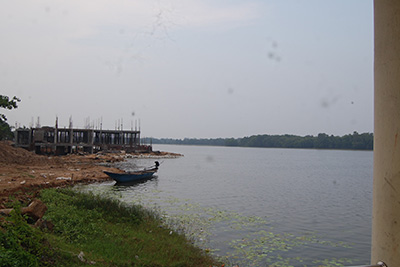
12. Restoring Biodiversity through Adoption of Nature Positive Food Production System
In order to cope with biodiversity and ecosystem vulnerability and improve the resilience and sustainability of food systems, farmers in Manipur will implement integrated nature-positive farming practices.
Indian Grameen Services/ India
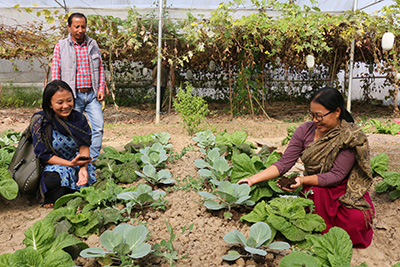
Indonesia
13. Create Enabling Conditions for a long-term protection of Tapanuli Orangutans in Batang Toru Ecosystem, Sumatra, Indonesia
The Scorpion Indonesia Foundation is actively patrolling in the Batang Toru ecosystem in North Sumatra, Indonesia. The patrols are conducted in collaboration with forest rangers from the Wildlife Department (BKSDASU), local communities, academics, and NGOs. The purpose of this joint patrol is to prevent the capture of Tapanuli orangutans and to secure their habitat.
Yayasan SCORPION Indonesia/Indonesia
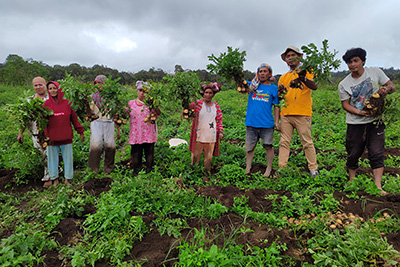
14. Ulu Masen Forest Biodiversity Conservation and Ecosystem Services Protection by Community Rangers in Aceh, Indonesia
This project aims to enable biodiversity and forest conservation by reaching out to both indigenous peoples and government stakeholders in the target areas and by addressing the challenges of unsustainable forest use, thereby.
Perkumpulan Rincong/ Indonesia
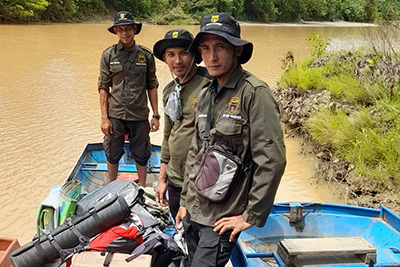
15. Developing Community Entrepreneurship of Forest Honey Farmers In Kapuas Hulu and the Surrounding Danau Sentarum National Park Area
Danau Sentarun National Park (DNSP), a treasure trove of biodiversity, is in crisis in its nature environment due to the expansion of large-scale oil palm plantations, reduction of forest area, and water pollution according to the 2021 survey. This project provides local residents with alternative sources of income, such as natural honey and the sale of ilipinuts, hoping to conserve the biodiversity of DNSP by improving their income.
Kopernik Japan Inc./ Indonesia
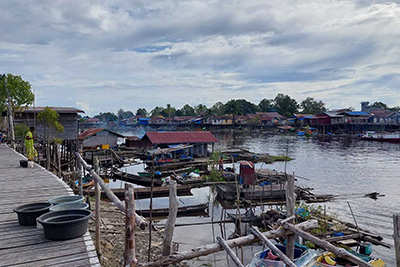
16. Project to promote conservation and sustainable use of mangrove forests on the north coast of Java
In order to respond to climate change issues, the Ministry of the Environment and Forestry of the Indonesian government has made the restoration of mangrove forests a national issue. In this project, we will conduct a survey of mangrove growth conditions on the island of Java and survey sites where reforestation is needed in order to gather information on this urgent issue and conduct mangrove reforestation activities in a pilot area.
Japan Environmental Education Forum/Japan
Uzbekistan, Others
17. Uzbekistan Desert Greening Project
Based on its past achievements and surveys, OISCA is promoting the project with the aim of transforming the bottom of Lake Aral Sea, which has become a “salt desert,” into a new type of natural paradise for living creatures in cooperation with related organizations by (1) creating equipment to improve planting and seeding efficiency and survival rates and (2) providing technology and know-how to realize greening in the salt-affected area.
Public Interest Incorporated Foundation OISCA/Japan
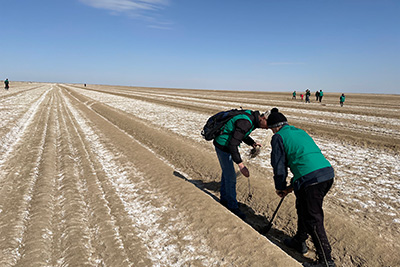
Ecuador
18. Saving the endemic Scalesia cordata from imminent extinction in Galapagos
The project controls invasive plant species at new sites to reduce threats to Scalesia cordata (rare native plant). In particular, control of guava, siam weed, and blackberry; Scalesia cordata will be grown into seedlings and planted at various study sites.
Charles Darwin Foundation for the Galapagos Islands/ Ecuador
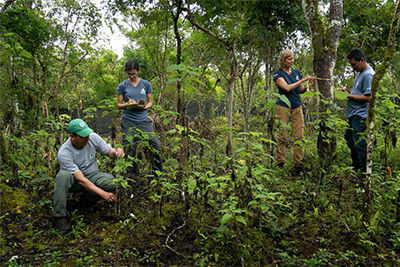
Cambodia
19. Environmentally Conscious Rice Cultivation and Whooping Crane Conservation in the Mekong Delta, Cambodia
This project has two goals: 1) to contribute to the improvement of local people’s livelihoods through environmentally friendly rice cultivation, and 2) to provide a better habitat for the Sarus Cranes that fly to the Mekong region in Cambodia. The project also aims to expand to other regions.
BirdLife International Tokyo /Japan
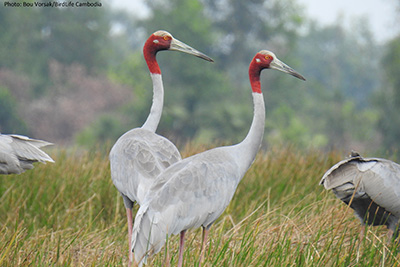
Thailand
20. Young Forest Restorers
Young people are frustrated by the lack of political progress in addressing climate change and biodiversity loss. This project will provide school children with the necessary skills and knowledge to take effective action to mitigate climate change and restore biodiversity through the restoration of tropical forest ecosystems, the most biodiverse ecosystems on the planet.
Forest Restoration Research Unit, Chiang Mai University (FORRU-CMU)/Thailand
Bangladesh
21. Promoting Sustainable management of Bio-diversity in Teknaf Peninsula by the covid affected people
Teknaf Peninsula where very rich in biodiversity and habitat in the past, is declining its diversity due to natural climate and climate change. The objective of this project is to minimize the unsustainable use of natural resources and to provide capacity building for the people affected by Covid-19 through training and awareness education.
Bangladesh POUSH/ Bangladesh
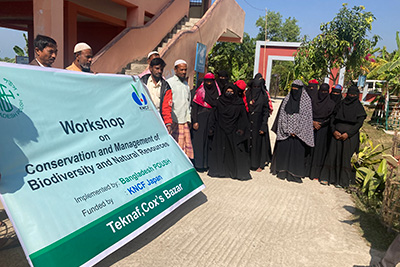
Philippines
22. Reforestation and ecotourism programmes in Nueva Vizcaya Province, Philippines for the conservation of the sasiba.
The Japan Ornithological Conservation Federation (JOOC) has been engaged in activities to prevent poaching of the sasiba, a bird of prey that migrates between Japan and the Philippines, in the province of Nueva Vizcaya in the Philippines under a three-year KNCF grant starting in 2020. In this project, the scope of awareness-raising will be expanded to the surrounding communities, with the aim of reforestation through tree-planting that can increase the food resources of the breeding birds, and to further establish ecotourism.
Japanese Society for Preservation of Birds /Japan
Vietnam
23. Nature education and public engagement for the recovery of the endemic Critically Endangered Vietnam Pheasant Lophura edwardsi
The Vietnam Pheasant is considered a bird species that is extinct in the wild, and reestablishment of safe and suitable habitat is essential for the conservation of its species. The objective of this project is to construct a nature education center and develop and pilot environmental education programs, including hands-on experience, in collaboration with the local community.
VIET NATURE CONSERVATION CENTRE/ Vietnam

Malawi
24. TITLE: HONEY PRODUCTION, CLIMATE RESILIENT AGRICULTURE AND TREE PLANTING FOR DZALANYAMA FOREST BIODIVERSITY CONSERVATION-PHASE 3
We stated honey production as well as climate resilient agriculture and afforestation as phase for the purpose of biodiversity conservation in the DZALANYAMA Forest Reserve in 2020. This project will be implemented in response to a study conducted by the Japan International Cooperation Agency (JICA) in 2014, which found that the amount of biomass per hectare in the DZALANYAMA Forest is 50 tons, half of what it was 20 years ago.
Centre for Child Development and Research/ Malawi

Malaysia
25. Ecological survey of flora and fauna in the vicinity of the plantation and support for the development of eco-tourism for the economic independence of the native people.
The results of afforestation activities over the past 25 years confirm that trees are growing and rare flora and fauna are being restored in the already planted forests. By introducing sustainable ecotourism with indigenous people with the help of local university educational institutions and the provincial government, the project aims to create new job opportunities for them and to sell their local agricultural products through agroforestry activities to finish the reforestation.
NPO BORNEO RAINFOREST REFORESTATION PROJECT/Japan
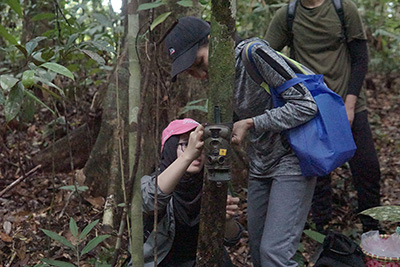
26. Human resource development and educational dissemination based on long-term research on wild orangutans in the Danambalay Protected Area, Malaysia
We have conducted long-term research on wild orangutans in a protected area in Sabah, Malaysia, since 2004. Because we think it important for Malaysians to think about the future of their country and take part in conservation activities, in addition to the research, the project has two objectives: 1) to train resident leaders and researchers who are familiar with orangutan ecology and research techniques, and 2) to provide education and dissemination to related organizations to conserve orangutans.
Japan Orangutan Research Center/Japan
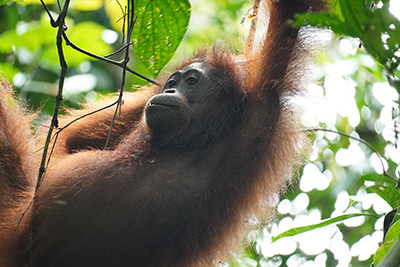
Broad Region/Multi Countries
27. Securing the future of Samoa’s threatened botanical heritage – development of a native plants conservation garden, 2023-26
The goal of this project, now in its third year, is the scientific conservation of rare and endangered plants on the islands of Samoa. Ex situ rare plants will be displayed from an educational perspective, and educational events will be sponsored for residents to learn about the importance of the area for rare plant conservation.
Botanic Gardens Conservation International (BGCI)/ Samoa

28. Collaborative project on exploring the use of the CfN (Contribution for Nature) platform in the private sector
The CfN (Contributions for Nature Platform) is a digital tool for monitoring nature contributions that is currently available only to IUCN members. It is CfN’s challenge how to consolidate information on conservation activities from NGOs and other organizations working around the world. This project will collaborate with the Keidanren Council for Nature Conservation and its grantee NGOs to contribute to the visualization (quantification of contributions) of the results of conservation activities that enhance the survival of species through CfN.
International Union for Conservation of Nature/ Broad Region/Multi Countries
29. Establishment of Eco-DRR Heritage (tentative name) certification system
The approach of effectively utilizing the functions and roles of ecosystems for disaster prevention and mitigation has been recognized worldwide as Ecosystem-based Disaster Risk Reduction (Eco-DRR). This project aims to contribute to disaster prevention and climate change through the establishment of an Eco-DRR heritage recognition system in which knowledge (case studies) are evaluated by experts.
Wetlands International Japan /Japan
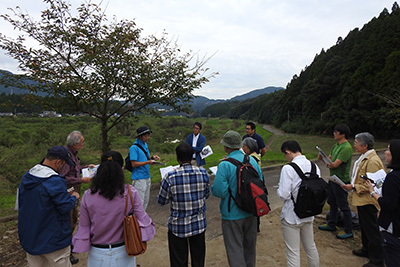
30. Promotion and implementation of responsible fisheries resource management (club banking) in the coastal countries of the Bay of Bengal
The Ramsar Center launched the Wetlands International Cooperation Network (commonly known as BoBWeT) in fiscal year 2016, considering the Bay of Bengal as an integral part of the region. This activity was recognized as a good practice of wetland environment conservation by its fisheries resource management method called “club bank. In this project, BoBWeT will be utilized and put into practice in the coastal countries of the Bay of Bengal. The project aims to build a higher level of cooperation among the parties concerned.
Ramsar Center Japan/Japan
Japan
31. Biodiversity Conservation Project in the Sea Area of Amami Oshima
The purpose of this project is to conserve the biodiversity of the Amami Oshima marine area. Information will be collected and assessed in Kasari Bay and Yakiuchi Bay, which are rich in biodiversity with both fringing reefs and inner bay ecosystems, with the aim of developing an integrated marine spatial plan and sustainable primary industry in the sea. Monitoring is conducted by residents and fishermen to improve the marine environment. Realize effective management zones by utilizing traditional knowledge through regional cooperation.
The Nature Conservation Society of Japan /Japan
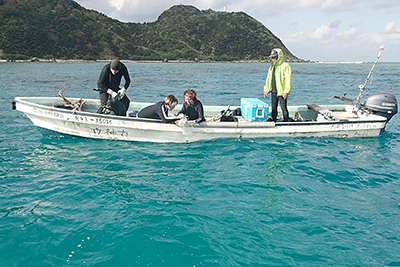
32. Establishment of environmental monitoring methods in terrestrial and marine areas to develop human resources for coral reef conservation in Shiraho, Ishigaki Island
The Shiraho village has made a community-wide effort to preserve the Shiraho coral reefs as a rich marine bounty for future generations. NPO Natsuhana is responsible for activities to prevent red soil runoff by planting green belts around farmland, and has begun establishing red soil and coral reef surveys with the support of experts and environmental NGOs. This project will establish environmental monitoring surveys of terrestrial and marine areas as a proactive activity.
Natsupana /Japan
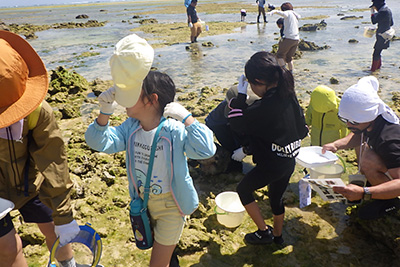
33. Vegetation Restoration Project in Nishijima
In the past, the Nishijima Island ecosystem was severely damaged by the proliferation of Japanese goats and bear rats, but the eradication of the goats was completed in 2007. The population of bear rats has been reduced to a low density through extermination, and some endangered endemic species are recovering. The restoration of endemic vegetation is also expected to restore the ecosystem in general, including endangered birds and insects. This project will be promoted through an agreement with the Forestry Agency.
Ogasawara Wildlife Research Society /Japan
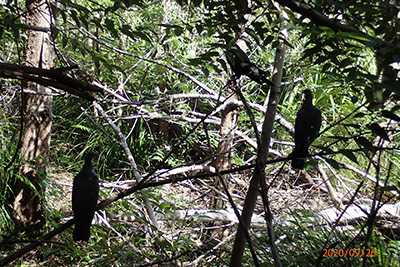
34. Japan-Asia Human Resource Development and Knowledge Exchange Project for the Post-2020 Biodiversity Framework (Year 3)
According to the IPBES report, the current state of biodiversity is serious, and it is necessary to contribute to the global goal. The purpose of this project is to contribute to the Global Goals by developing international human resources who can be effectively involved in international processes such as the Convention on Biological Diversity and IUCN meetings, and by building a cooperative framework in Asia. The project will contribute to the coordination of international discussions, the transfer of knowledge and experience, and support for the implementation of the Global Goals.
Japan Committee for IUCN /Japan
35. Nature restoration projects in disaster-affected areas, nature experience activities and human resource development
disaster-affected area along the Chikumagawa River, the restoration of the natural environment and people’s hearts is just beginning. Measures to heal the hearts and minds, especially focusing on the hearts and minds of children, are needed. Although many natural features are sacrificed in the construction work prioritizing restoration, it is important to utilize the area as a place for education, for example, by implementing environmental education programs, in addition to nature restoration, for regional reconstruction. To be promoted in both Nagano and Miyagi areas.
The C.W.Nicol Afan Woodland Trust /Japan
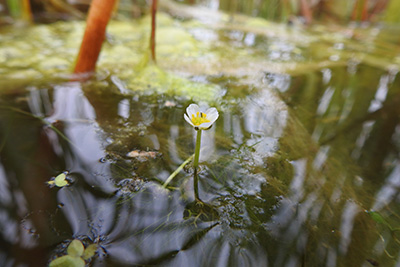
36. Natural regeneration of satoyama riparian areas through the control of American crayfish
This project will efficiently capture American crayfish in all growth stages. The effectiveness of this project will be verified by monitoring the environmental restoration associated with low densification through trapping tests using traps that can quickly reduce the density of crayfish. The project will be disseminated nationwide to promote the restoration of riparian ecosystems such as satoyama throughout Japan.
Society for Shinaimotsugo Conservation /Japan
37. Biodiversity-rich sandy beach revival
The Enshu coast is a spawning ground for loggerhead turtles, an endangered species, but construction work has led to the conversion of the beach into a loggerhead. Light pollution from lighting and plastic waste problems are also serious. There are already areas where sea turtles cannot be seen laying eggs. For the purpose of restoration of sandy beaches rich in biodiversity, wildlife protection, coastal conservation activities and environmental surveys will be conducted. The coastal conservation measures will be proposed to the government.
Specified non-profit organizationSanctuaryN.P.O/Japan
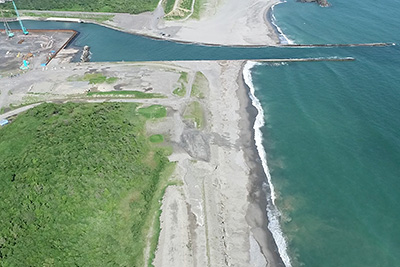
38. Project for relief of Satoyama in disaster-affected areas and production and planting of local saplings (commonly known as “Tane-Project”)
This project aims to restore the coastal disaster prevention forest and satoyama in Yamamoto-cho, Miyagi Prefecture, which was damaged by the disaster, through local tree seedlings by the cooperation of members of educational institutions in Nagano and Miyagi prefectures. The project will contribute to the development of human resources for the young generation who will lead the future by educating from elementary school students to adults about biodiversity and restoration through environmental education.
The Great East Japan Earthquake-destroyed satoyama forest rescue network/Japan
39. Project for co-creation of community, people and nature through satoyama restoration (Year 2)
In satoyama, equilibrium has been lost due to rapid social and economic changes in recent years and in Akita Prefecture, where the population is declining, abandoned farmland and mountain forests are conspicuous. CI Japan aims to provide programs for stakeholders in satoyama in Oga City, Akita Prefecture, based on its practical experience in various parts of the world, and to create knowledge and co-create satoyama in cooperation with other stakeholders because it is important for residents and stakeholders to explore ways of conservation for satoyama conservation.
Conservation International Japan/Japan

40. Habitat Improvement for the New Phase of the Japanese Crested Ibis Reintroduction Plan
On Sado Island, since the effort to return the crested ibis into the wild in 2002, most of the released ibis have settled outside of their expected locations, increased to 430 and raising concerns about high density. An integrated biotope that integrates habitat and feeding grounds needs to be extended to northern Sado in order to resolve conflicts with farmers who are cultivating the land, resolve seasonal food shortages, and resolve the lack of nesting trees.
Tokidoki Ohendan /Japan
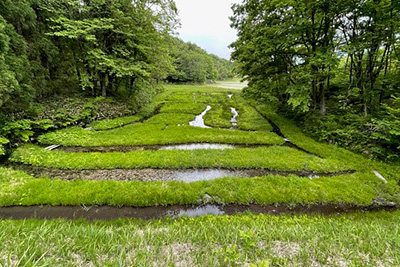
41. Nature conservation activities and human resource development centered on the “Mikusa-yama Zephyrus Forest” (Nose Town, Osaka Prefecture)
Nose Town is one of the areas in Osaka Prefecture with a rich natural environment, but biodiversity is declining. The Hiroobi Green-winged butterfly, a species dependent on secondary forests, is listed as “Endangered IIA” in the revised Osaka Prefecture Red List 2014. In this project, citizens, experts, companies, and government agencies will collaborate to implement satoyama maintenance and educational events with the aim of conserving satoyama biodiversity.
Foundation of Osaka Green Trust /Japan
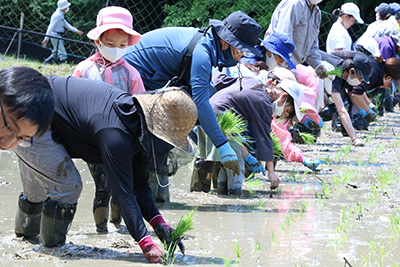
42. Information gathering on invasive alien species, proposal of countermeasures, and networking for implementation of the countermeasures in aquatic life conservation activities in inland waters.
Taking measures against invasive alien species and preserving native indigenous creatures and the environment are important goals within the biodiversity framework. While the number of non-native organisms that are a threat to aquatic life will increase, control of organisms living in the water is difficult and burdensome, making long-term continuation difficult. Urgent and important issues are to promote understanding among local residents, effective control of the organisms in the early stages of their invasion, and the accumulation of information.
All Japan Network of Citizen’s Groups Preventing Black Basses/Japan
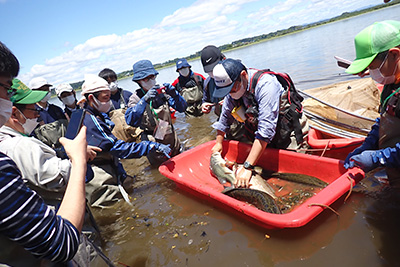
43. Development and dissemination of biodiversity and SDGs education for companies ~including youth~
In the Japanese society, where 70% of people belong to corporations, it is important to biodiversity education to business people. The objectives of this project were set as follows. (1) Research on methods of biodiversity education for business people, and practice, evaluation, research, and dissemination as citizen science (2) Research, practice, evaluation, research, and dissemination of human resource development in companies that are responsible for the SDGs (3) Dissemination of the results of activities.
Dormouse & Wildlife Institute /Japan
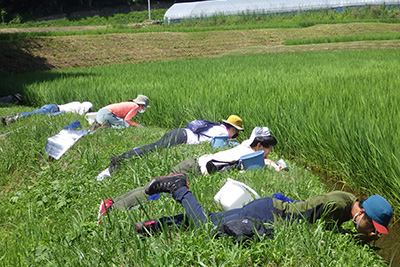
44. Tree planting project to protect scallops in Mutsu Bay from high temperatures
In the summer of 2010, Aomori Prefecture experienced a series of extremely hot days, causing the sea water temperature in Mutsu Bay to rise sharply, destroying scallops, a key industry. In response, under the proposal by the Shirakami Sanchi Protection Society’s know-hows, oyster farmers and a professor from Yokohama National University studied to plant broadleaf trees and pour iron, which lowers the water temperature, into Mutsu Bay. Fishermen, townspeople, and Aomori citizens joined together to pour nutrient-rich stream water into Mutsu Bay and realize environmental preservation.
the Shirakami Mountain Preservation Society /Japan
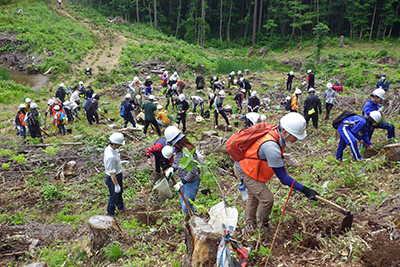
Collaboration Grant
45. Avoiding Songbird Extinction and Biodiversity Conservation~Local and Global Initiatives Lead to Solutions~
The project goals are to create a bird sanctuary with local residents in Java, to change the behavior of breeders and contest organizers, to investigate the actual situation in Southeast Asian countries, to share the results with NGOs and IUCN in other countries, and to propose collaborative efforts. In the future, the project aims to avoid the extinction of songbirds and to increase and stabilize their populations.
BirdLife International Tokyo /Japan
